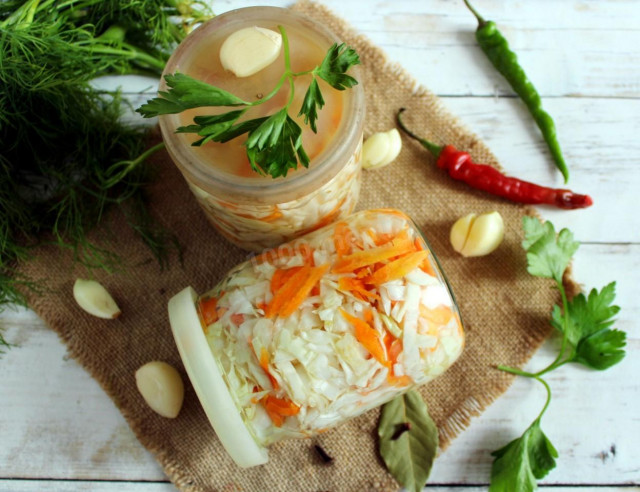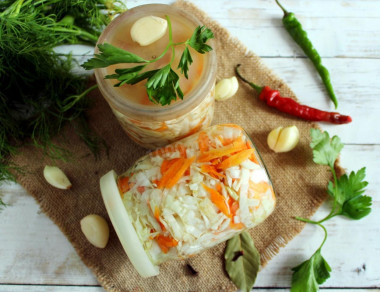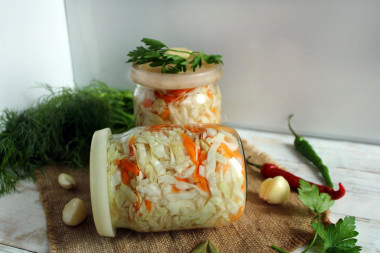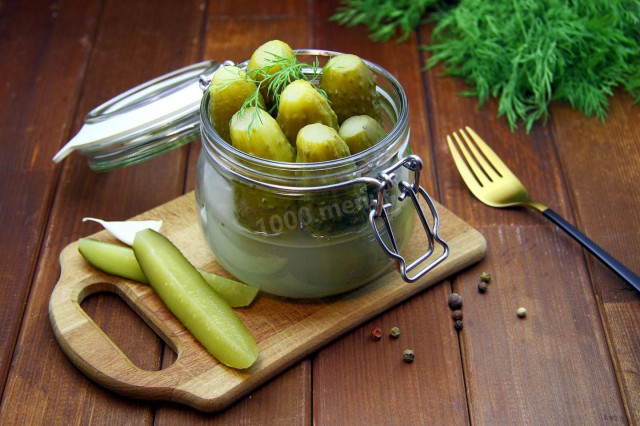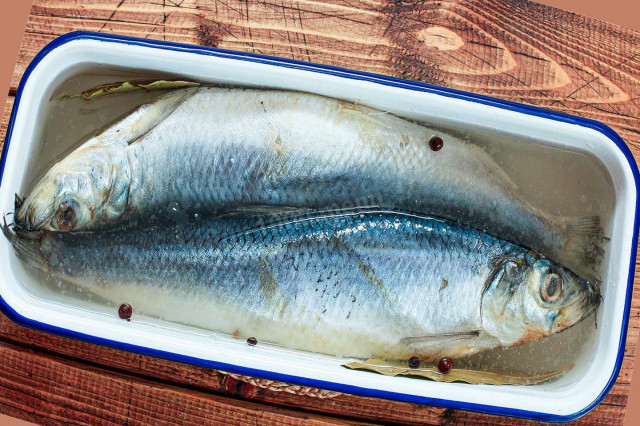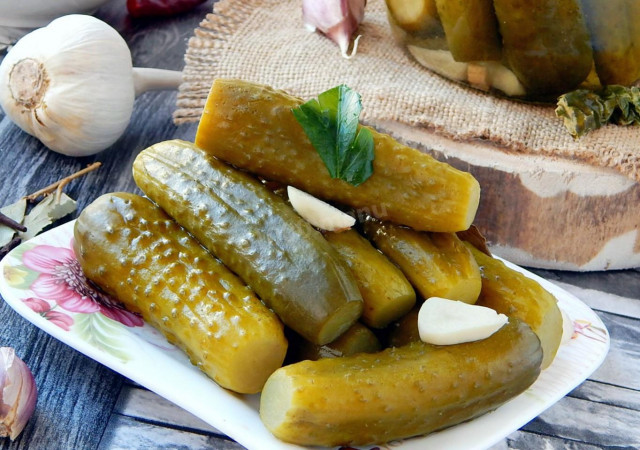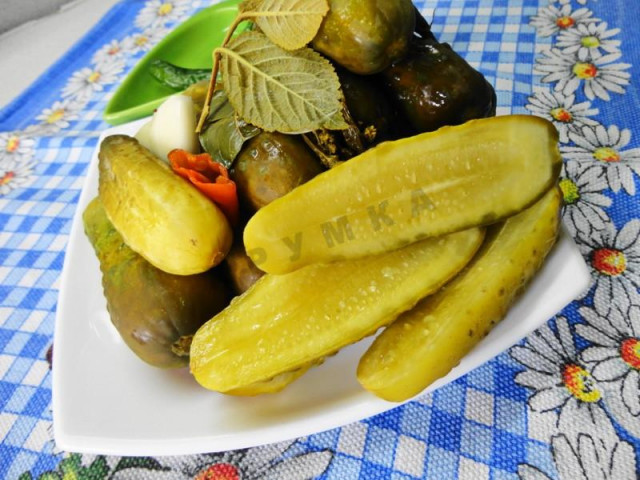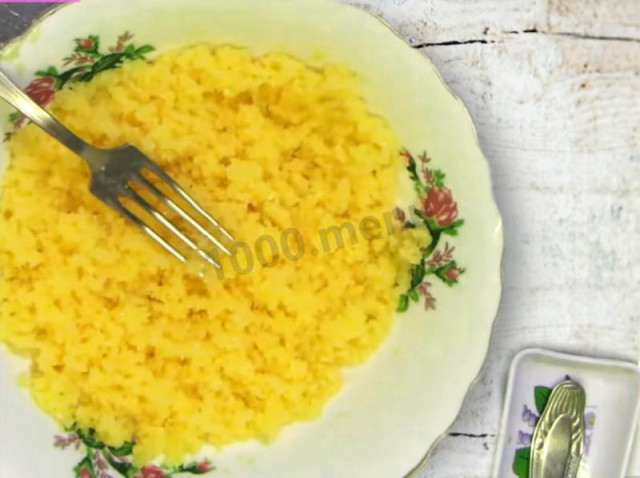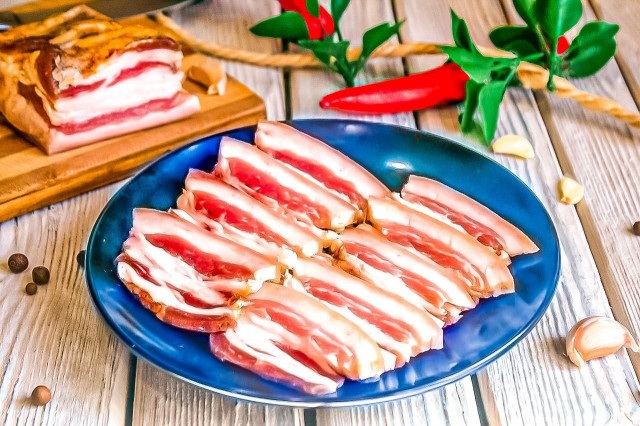Composition / ingredients
Step-by-step cooking
Step 1:
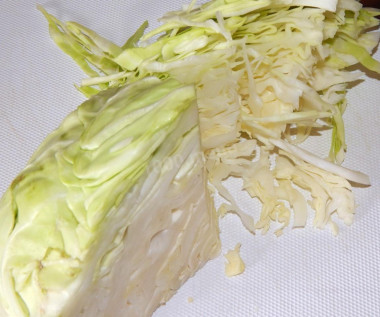
Prepare the ingredients according to the list. As a rule, caring housewives begin to salt cabbage in late autumn, when it is rich in lactic acid, and when they begin to harvest. If cabbage is purchased on the market, some sellers indicate directly on the price tag that this kind of cabbage is suitable for pickling. Cabbage heads for pickling should be taken tight and dense. Remove the upper dry and dirty leaves from the cabbage, cut the head into two parts, cut out the stalk.
Step 2:
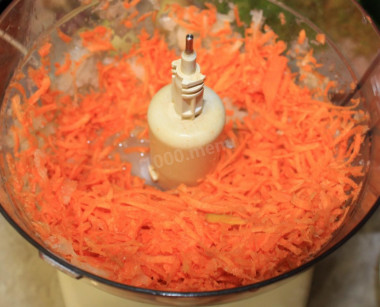
Carrots are washed, cleaned and grated on a medium grater or cut with a knife and straws. If a lot of vegetables are used for pickling, it is convenient to use the help of a food processor with attachments for shredding or grating.
Step 3:
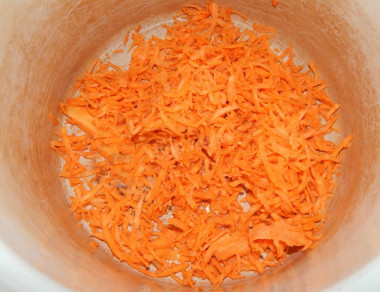
Put the carrots in a deep container, in a plastic bowl or an enameled saucepan.
Step 4:
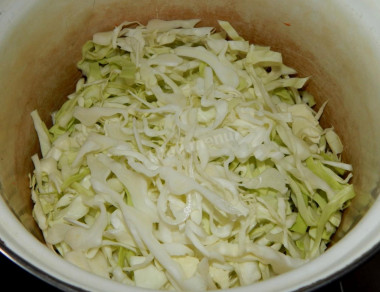
Chop the cabbage into thin strips and put it in a container with carrots. With clean hands, we remember the vegetables a little so that they let the juice.
Step 5:
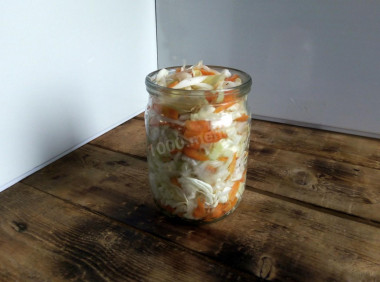
In sterile pre-prepared jars, we tightly stack the vegetable slicing, tamping it with a spoon or a manual push.
Step 6:
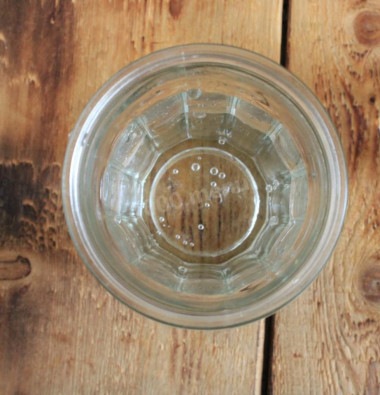
We prepare the brine for the workpiece, it is better to make it a little more than necessary. A little more or less water may go into cans of the same volume, depending on the density of the vegetable slicing. The number of spices is indicated for 1 liter of water. Boil and cool clean water, dissolve sugar and salt in it.
Step 7:
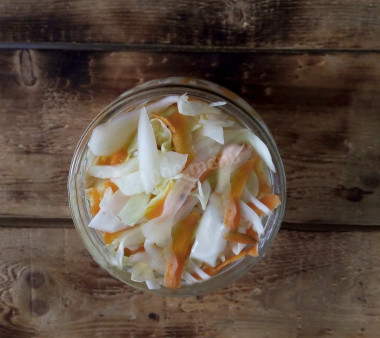
Fill the cabbage in jars with the resulting brine so that the brine covers the contents of the jars completely. Cans of cabbage are covered with lids, but we do not close them tightly, it is better to put them in a deep clean dish, because the brine will flow out of the cans during the pickling of cabbage. It is not necessary to pour it out, we return it to the cans with cabbage. Cabbage should be completely in brine for better storage. We leave the cans of cabbage at room temperature for 3-4 days
Step 8:

Then we close the jars tightly with lids and put them away for storage in the refrigerator or cold pantry. After cooling, the cabbage is ready for eating. Bon appetit!
*
Caloric content of the products possible in the composition of the dish
- Carrots - 33 kcal/100g
- Dried carrots - 275 kcal/100g
- Boiled carrots - 25 kcal/100g
- Granulated sugar - 398 kcal/100g
- Sugar - 398 kcal/100g
- Salt - 0 kcal/100g
- Water - 0 kcal/100g
- White cabbage - 28 kcal/100g
- Boiled white cabbage - 21 kcal/100g

